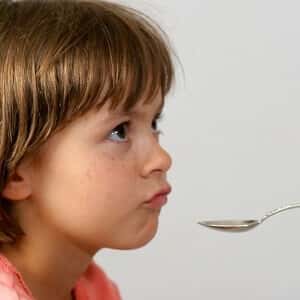
Giving sick children the correct dose of medicine is important, as parents know. But it may be much harder to measure kids’ medicine than most parents appreciate.
How Well Do Parents Measure Kids’ Medicine?
A new study published in the journal Pediatrics suggests that four out of five adults make dosing errors when administering medication to children. The investigators thought that poorly designed packaging and labels contribute to this problem, so they conducted a randomized controlled trial.
The investigators invited more than 2,000 parents to participate in controlled testing. They were asked to measure out the correct amount of nine different medicines using common household tools such as dosing cups. They also had access to oral syringes.
Dosing Cups Associated with Dosing Problems:
The parents using dosing cups were four times more likely to make mistakes than those using oral syringes. In many situations the adults overestimated the amount of medicine they should administer. One fifth of the parents ended up with a dose that was at least twice as much as it should have been.
The experiment demonstrated that oral syringes marked with milliliters are the best way to measure kids’ medicine accurately. They have the advantage of also making it easier to administer a liquid by squirting it right into the child’s mouth. Cups and spoons are easily spilled, which can throw the dose out of kilter.
Previous studies have shown that household spoons are terrible tools to measure kids’ medicine. In a previous study by this research team, about 40 percent of the parents measuring out teaspoon or tablespoon doses made mistakes. Those who used tableware rather than measuring spoons were especially prone to dosing errors (Pediatrics, July, 2014).

